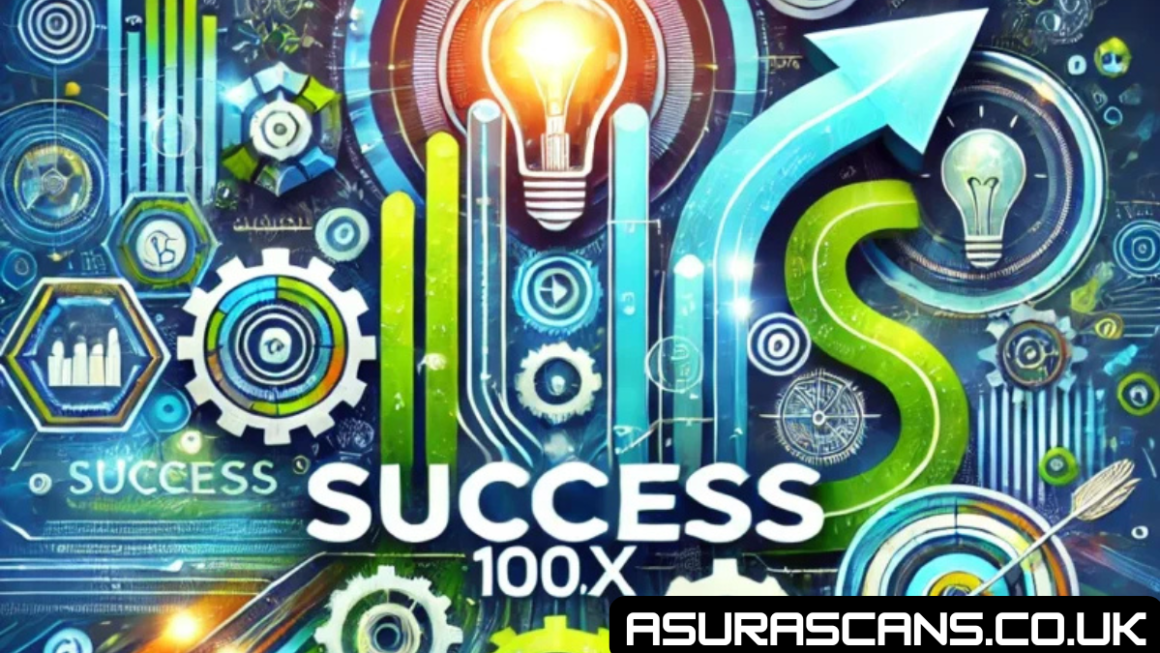Introduction
Fidzholikohixy In the ever-evolving digital landscape, new trends and terminologies frequently emerge, captivating curious minds and innovators alike. One such intriguing term that has started making waves is “fidzholikohixy.” Although it may sound abstract or cryptic at first, fidzholikohixy is gradually becoming a buzzword across various online platforms and niche communities. Whether it’s in forums, digital art spaces, or tech hubs, discussions around this term are intensifying, reflecting its growing relevance.
The rise of fidzholikohixy signals a shift in how users perceive digital interaction, virtual tools, or even decentralized technologies. As interest continues to grow, many are trying to unravel what exactly it represents and how it can be used meaningfully. Is it a concept? A tool? A lifestyle movement? The answer, as you’ll see, is layered and nuanced.
This comprehensive article aims to shed light on fidzholikohixy from all angles—its meaning, origins, applications, benefits, controversies, and how to get started with it. By the end of this read, you’ll have a full understanding of why fidzholikohixy is worth paying attention to and how it could shape the digital future.
What is Fidzholikohixy?
At its core, fidzholikohixy is a multifaceted term that blends creativity, technology, and community-driven innovation. Although the exact definition may vary depending on the context, it often refers to a conceptual framework or digital practice that centers on immersive interaction—usually in a gamified, decentralized, or metaverse-driven environment. It may also refer to a set of customizable digital experiences that leverage interactive design, virtual economies, or blockchain-backed ownership.
The term “fidzholikohixy” is believed to have originated from a niche subculture—possibly a fusion of gaming, design, and social experimentation. While no official entity claims to have coined it, it has gained traction on Reddit, Discord, and emerging digital art platforms. It evokes a sense of rebellion against standardized digital platforms, favoring instead open-ended, modular, and user-governed environments.
Interestingly, fidzholikohixy is not bound by a single definition. It can be an identity, a virtual tool, or a framework—depending on who’s using it and how. Some view it as a creative outlet, while others regard it as a prototype for future decentralized platforms. This ambiguity is what makes it both fascinating and ripe for exploration.
As with many emergent phenomena, the early adopters of fidzholikohixy are experimenting in uncharted territory. That experimentation, however, is helping to define its shape and potential as it evolves.
Core Features and Functionalities
Fidzholikohixy stands out for its flexibility, decentralization, and user empowerment. Unlike rigid platforms with predetermined rules and roles, fidzholikohixy often operates on open-source or collaborative principles. This means that users can tweak, build, or transform components to suit their creative or technical goals.
One of its notable features is modular interaction—a system where users can plug in various tools, visual elements, or behavioral scripts to create unique experiences. This feature alone sets fidzholikohixy apart from traditional software ecosystems. Imagine building your own game, platform, or digital identity without needing a centralized provider—that’s the kind of vision fidzholikohixy aims to achieve.
Integration with blockchain or decentralized storage is another emerging functionality. In this context, fidzholikohixy applications can incorporate NFTs (non-fungible tokens), smart contracts, or virtual currencies. This not only enables creative ownership but also ensures that contributions and digital assets remain traceable and secure.
Furthermore, fidzholikohixy often features AI-powered personalization. Whether it’s customizing interfaces, suggesting collaborative workflows, or dynamically adapting to user behavior, artificial intelligence enhances the depth and responsiveness of the experience.
In short, fidzholikohixy is more than just a platform—it’s an ecosystem. Its open nature invites innovation, allowing users to go beyond consumption and into active creation.
Applications and Use Cases
The potential use cases for fidzholikohixy are vast, particularly in fields where customization, immersion, and co-creation are valuable. One major application lies in education and virtual learning environments. Teachers and learners can co-develop interactive courses or simulations tailored to specific needs, making the learning process more engaging and effective.
In digital art and design, fidzholikohixy enables artists to create dynamic, responsive works that evolve with audience interaction. By integrating smart contracts, creators can also control distribution, ownership rights, and monetization pathways—all within the ecosystem.
Gaming is another powerful avenue for fidzholikohixy. Its open-source framework allows indie developers to build entire game worlds, narratives, and mechanics without the constraints of corporate game engines. Players, in turn, can influence game evolution, making the experience highly participatory.
In the realm of social media and communication, fidzholikohixy could redefine how people connect online. Imagine decentralized, customizable networks where users moderate, design, and monetize their interactions without ad-based surveillance.
From virtual storefronts and digital fashion to mental health tools and collaborative storytelling platforms, fidzholikohixy’s adaptability ensures that it can be molded to suit almost any digital venture.
Benefits and Potential Impact
The growing interest in fidzholikohixy can be attributed to its user-centric design philosophy. By giving users control over structure, functionality, and data, it fosters creativity, autonomy, and innovation. This democratization of digital spaces has the potential to shift power away from corporate platforms toward the people who use them.
From a business perspective, fidzholikohixy enables cost-effective prototyping and community testing. Developers can iterate faster, engage more deeply with users, and create products that genuinely resonate. This could lead to a wave of agile, bottom-up innovation across industries.
For individuals, the most immediate benefit is empowerment. Fidzholikohixy offers tools to build your own online identity, monetize your digital work, and participate in experimental projects with like-minded creators. It fosters a sense of ownership and belonging rarely seen in traditional platforms.
In the broader context, fidzholikohixy could also influence policy and ethics in tech. Its embrace of transparency and decentralization aligns with movements for open internet governance, digital sovereignty, and ethical AI.
Challenges and Controversies
Despite its promise, fidzholikohixy is not without its controversies and growing pains. One key issue is its lack of standardization. While its open-ended nature is a strength, it also creates fragmentation, making it difficult for new users to understand or integrate it efficiently.
Security and privacy are also major concerns. Like many decentralized or experimental platforms, fidzholikohixy can be vulnerable to exploits or misinformation. Without central moderation, users must rely on community-driven enforcement, which isn’t always consistent.
Another challenge is scalability. Some fidzholikohixy applications require high computational power or advanced tech literacy, which could hinder adoption among less tech-savvy users. In addition, due to its abstract or niche status, many dismiss fidzholikohixy as “just another online fad.”
Finally, there’s the risk of over-commercialization. As more companies explore the space, there’s a danger that fidzholikohixy will lose its grassroots appeal and be absorbed into the very systems it sought to disrupt.
How to Get Started with Fidzholikohixy
Interested in exploring fidzholikohixy for yourself? The first step is joining the community. Platforms like GitHub, Reddit, and Discord are full of discussions, codebases, and collaborative projects. Search for fidzholikohixy-related threads or forums where early adopters share resources and tutorials.
Next, consider downloading a starter toolkit or open-source module. These allow you to experiment with fidzholikohixy’s core functionalities—whether it’s interface design, virtual asset creation, or decentralized hosting. Basic coding knowledge is helpful but not always necessary, especially with growing low-code/no-code tools.
For creators, platforms like OpenSea (for NFTs), Unity, or Blender can be integrated with fidzholikohixy principles to produce dynamic digital assets. Educational content, walkthroughs, and documentation are increasingly available to help you dive deeper.
Most importantly, be ready to experiment and iterate. Fidzholikohixy is not a finished product—it’s a living ecosystem. Your contributions, ideas, and experiments can help shape its evolution.
Conclusion
Fidzholikohixy represents a bold step toward decentralized, user-driven digital innovation. From its vague origins to its expansive potential, it offers a flexible framework for creative expression, immersive experience, and technological experimentation. While still in its early stages, it has already sparked curiosity and excitement among forward-thinking communities.
Its power lies in its ambiguity—open enough to welcome all kinds of creators, yet structured enough to support serious innovation. Whether you’re a digital artist, educator, coder, or simply a curious explorer, fidzholikohixy invites you to take part in shaping the future.
Also Read: fhogis930.5z




